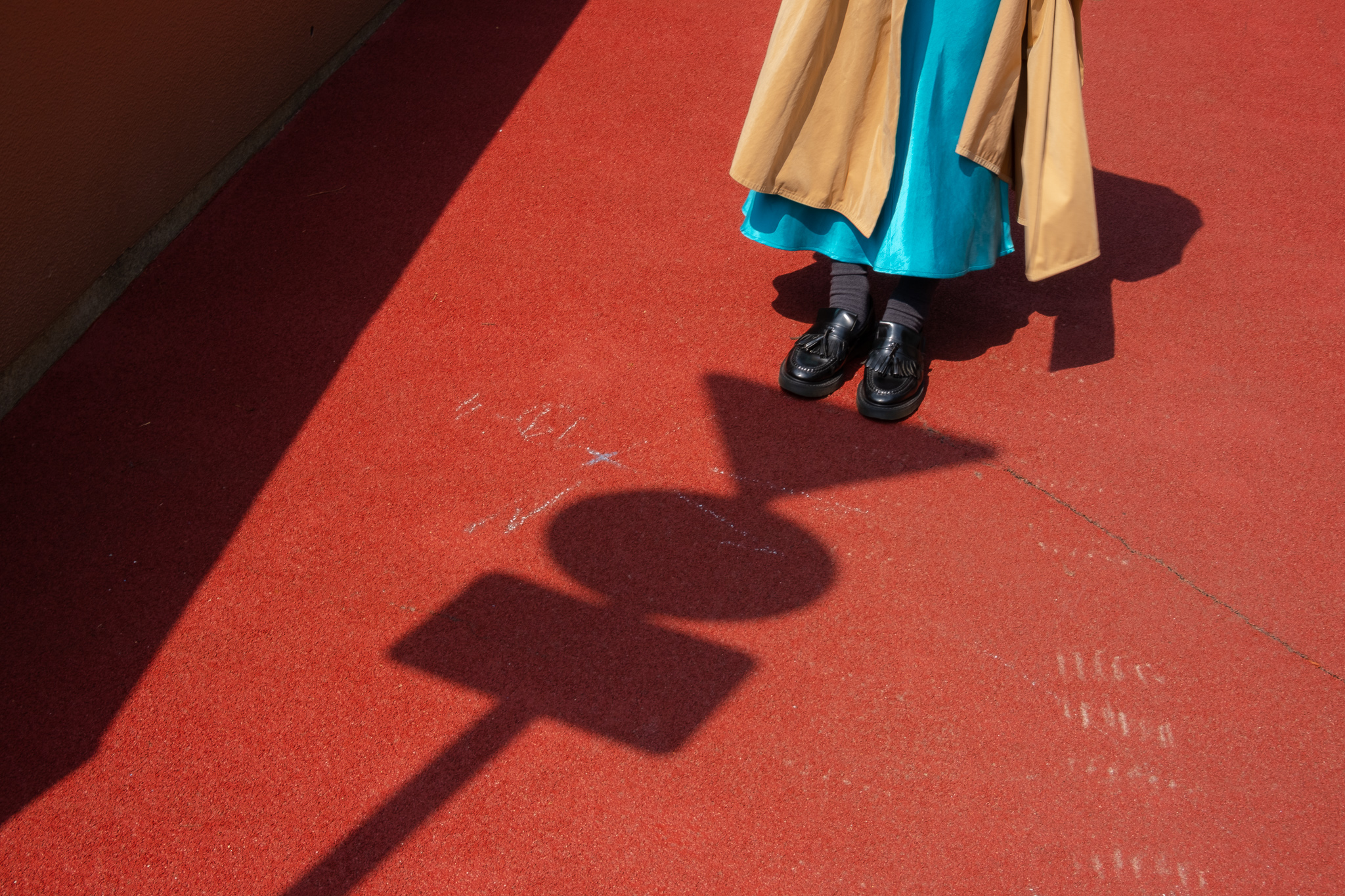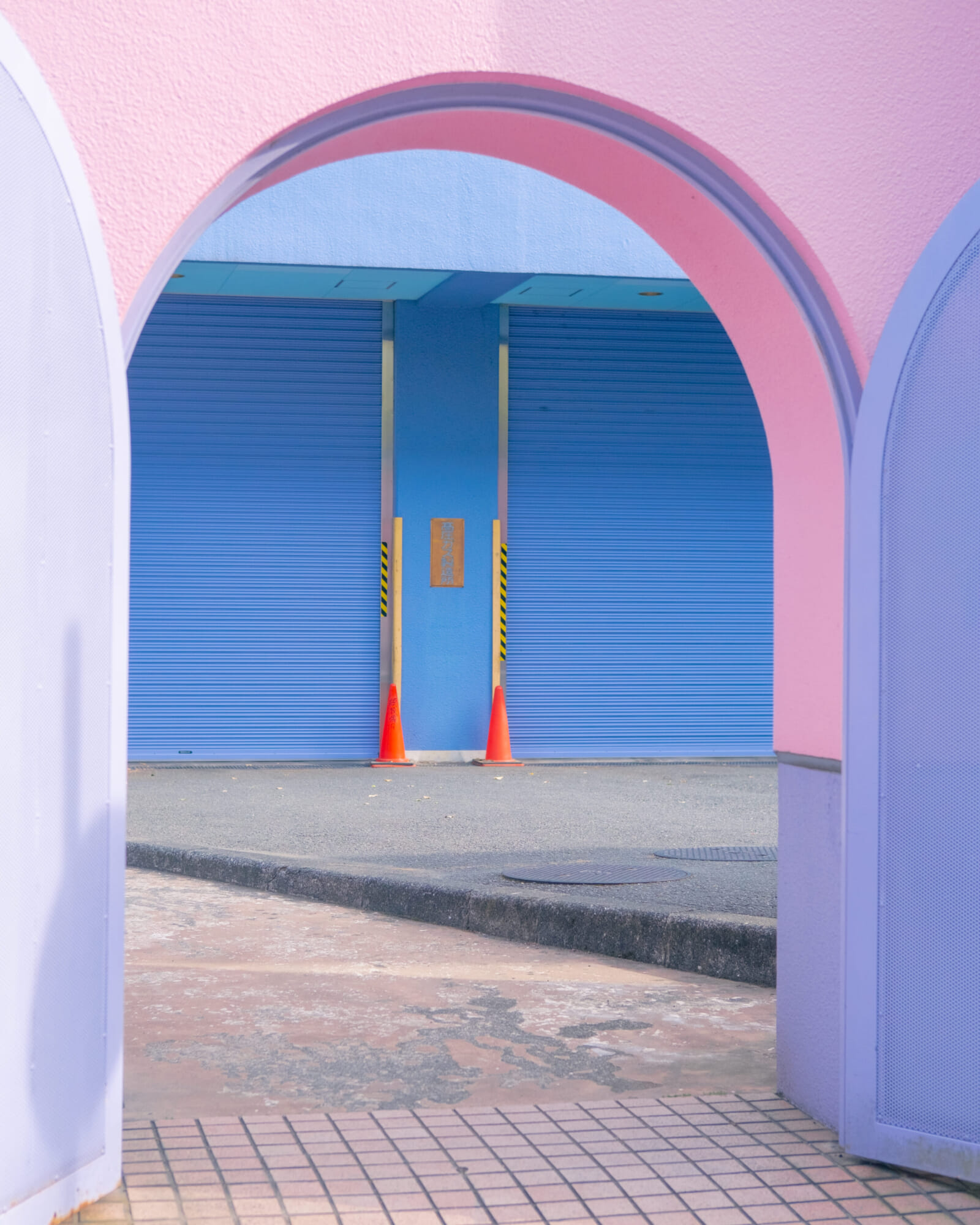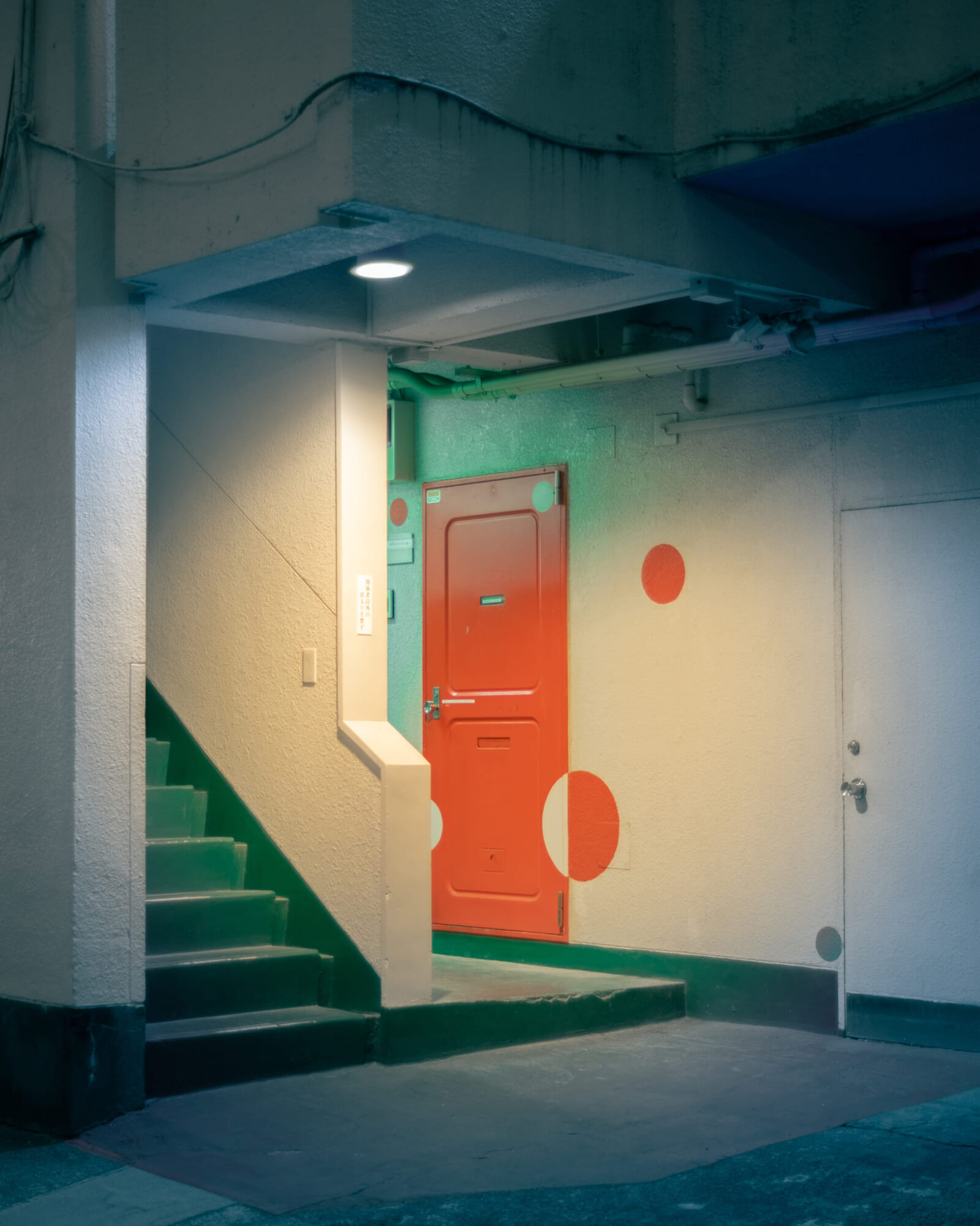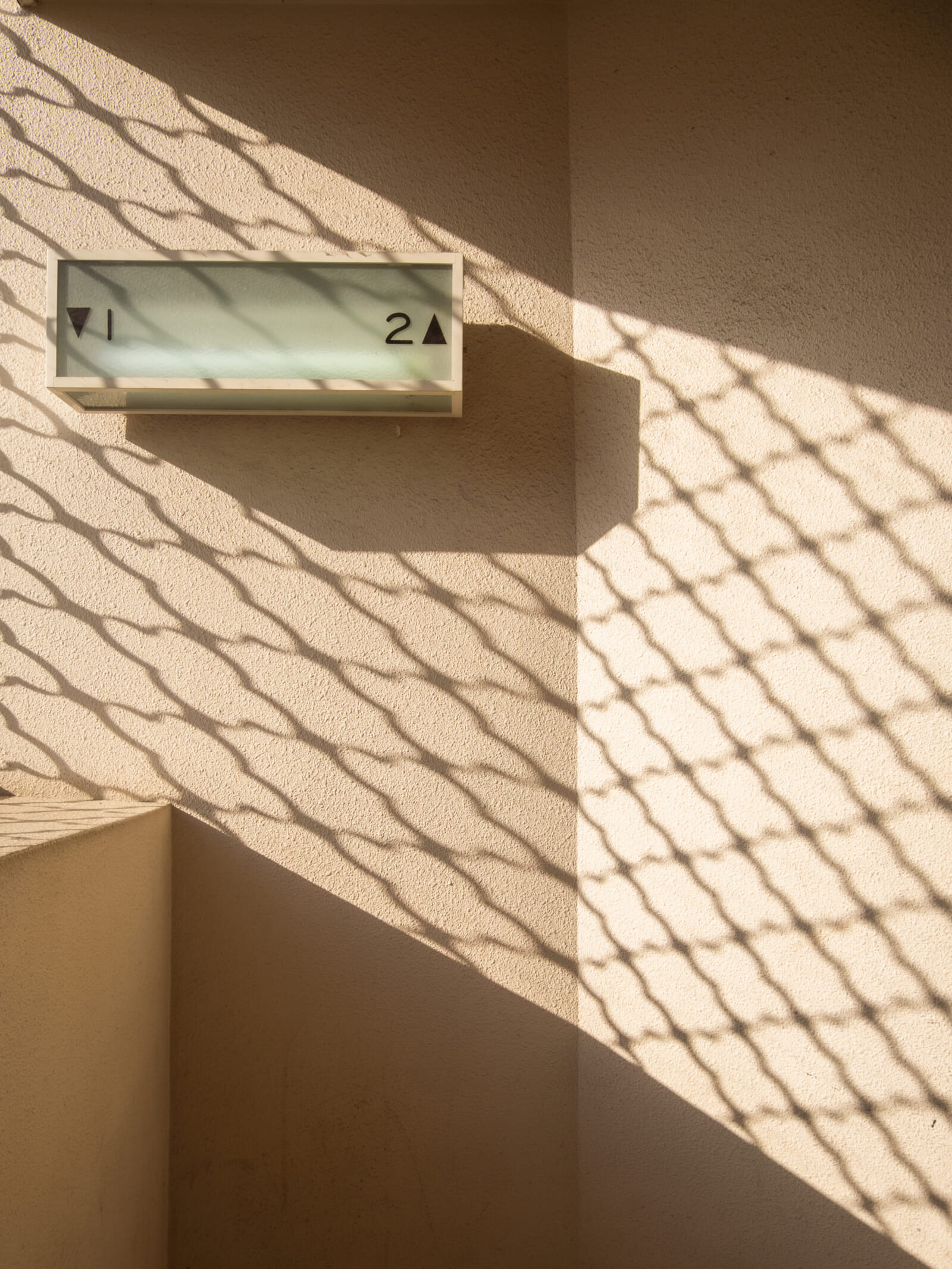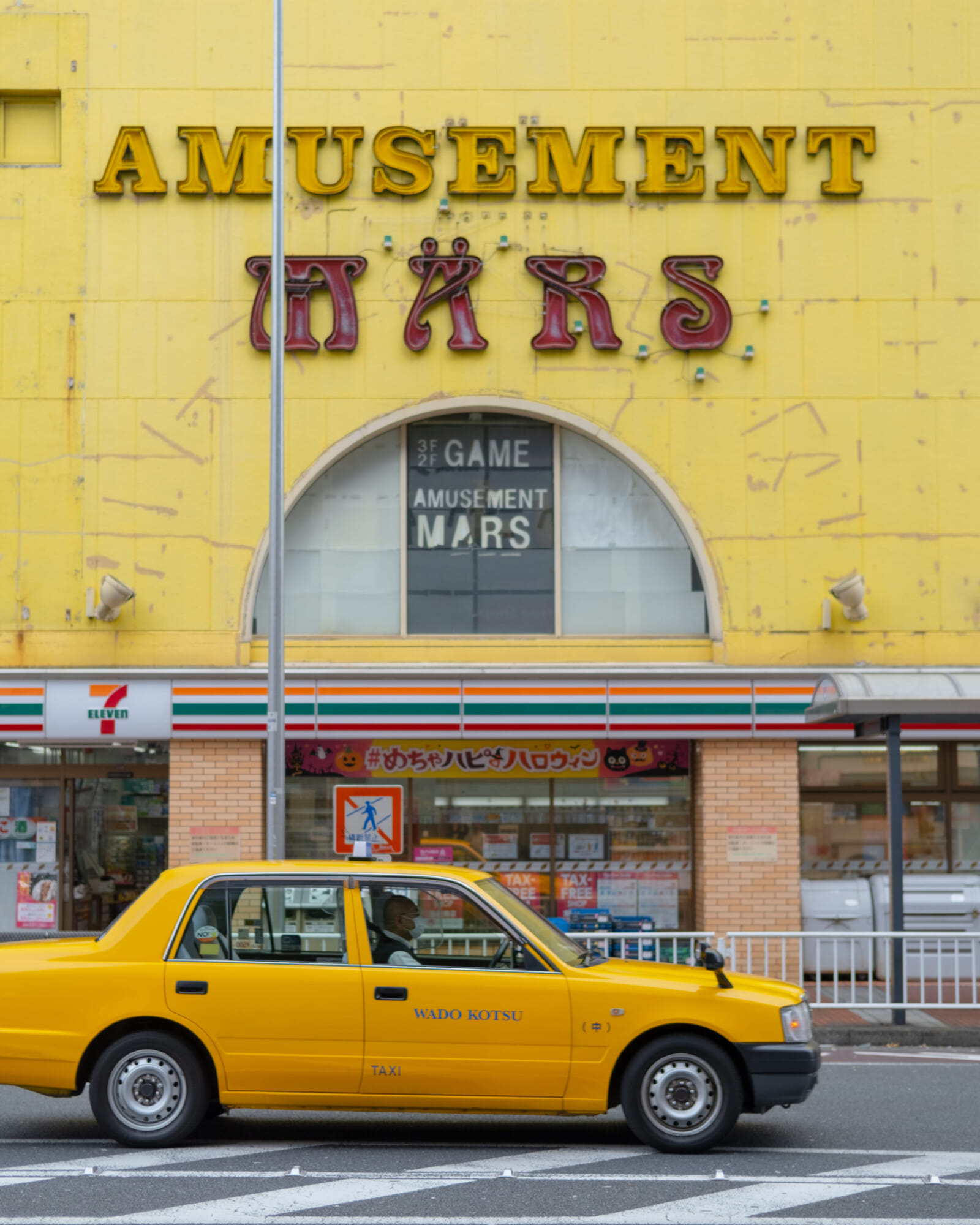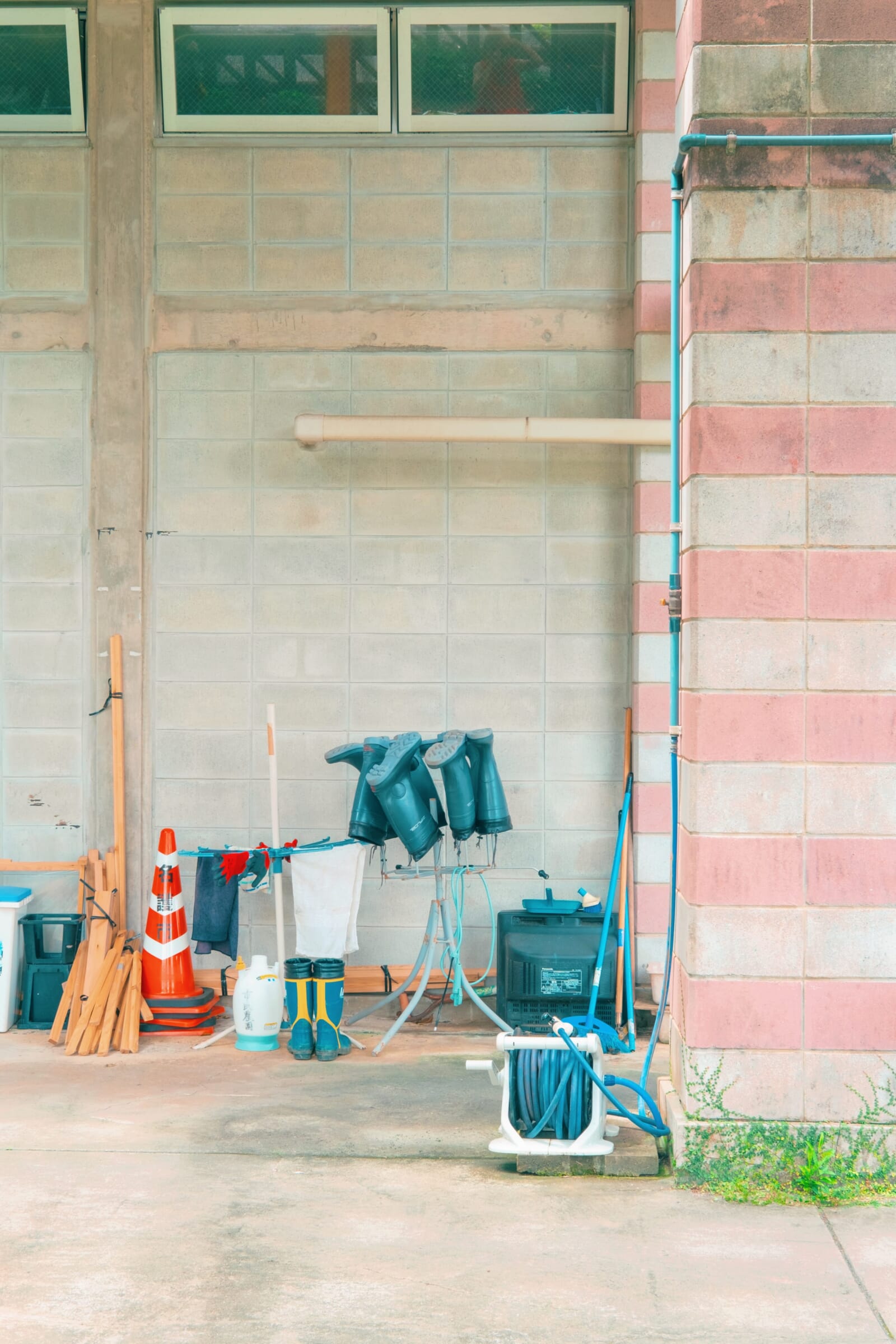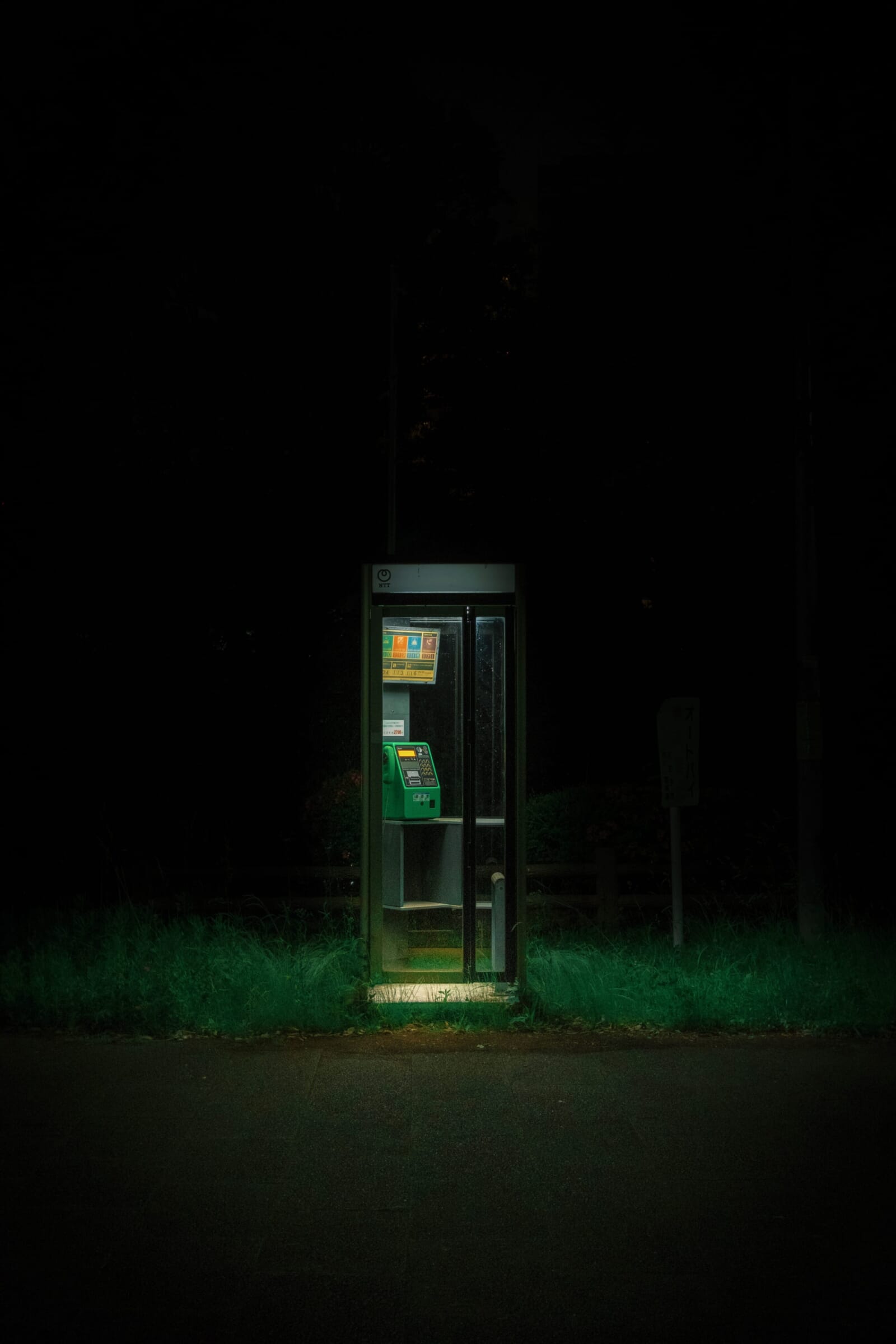The controlled chaos of Tokyo lends itself well to two contrasting visual styles — maximalist and minimalist. The former can be seen in the hurried scenes with countless people and buildings seemingly stacked on top of one another, while the latter is found in the organized neatness and attention to detail in this metropolis.
Tokyo Minimalism
Tokyo-born Yokohama-based photographer Maki Shinohara is interested in the minimal, the mundane, the calm face of the city. She doesn’t plan or arrange the scenes she captures. She loves spontaneity and takes pleasure in discovering overlooked beauty in her daily life.
“I had a realization about the minimal beauties around me and thought, ‘I want to share these beauties with others who might not have noticed them yet!’ That’s what inspired me to start my Instagram journey,” Shinohara says when we talk about her growing Instagram account named Minimalism Tokyo.
Minimalist photography follows the philosophy of minimalist and abstract painting, stripping down as much as possible to get to the core of an object or a scene. It relies on geometry, lines, sometimes colors (unless it’s black-and-white minimalist photography), negative space and composition. We see this in Shinohara’s photos, as she captures shadows on a wall or a lonesome phone booth. She loves pops of color and sunbathed scenes, reminiscent of Wes Anderson’s visual language. It’s a cotton candy arm world one wants to be in.
We talked more about Shinohara’s photos and the stories behind them.
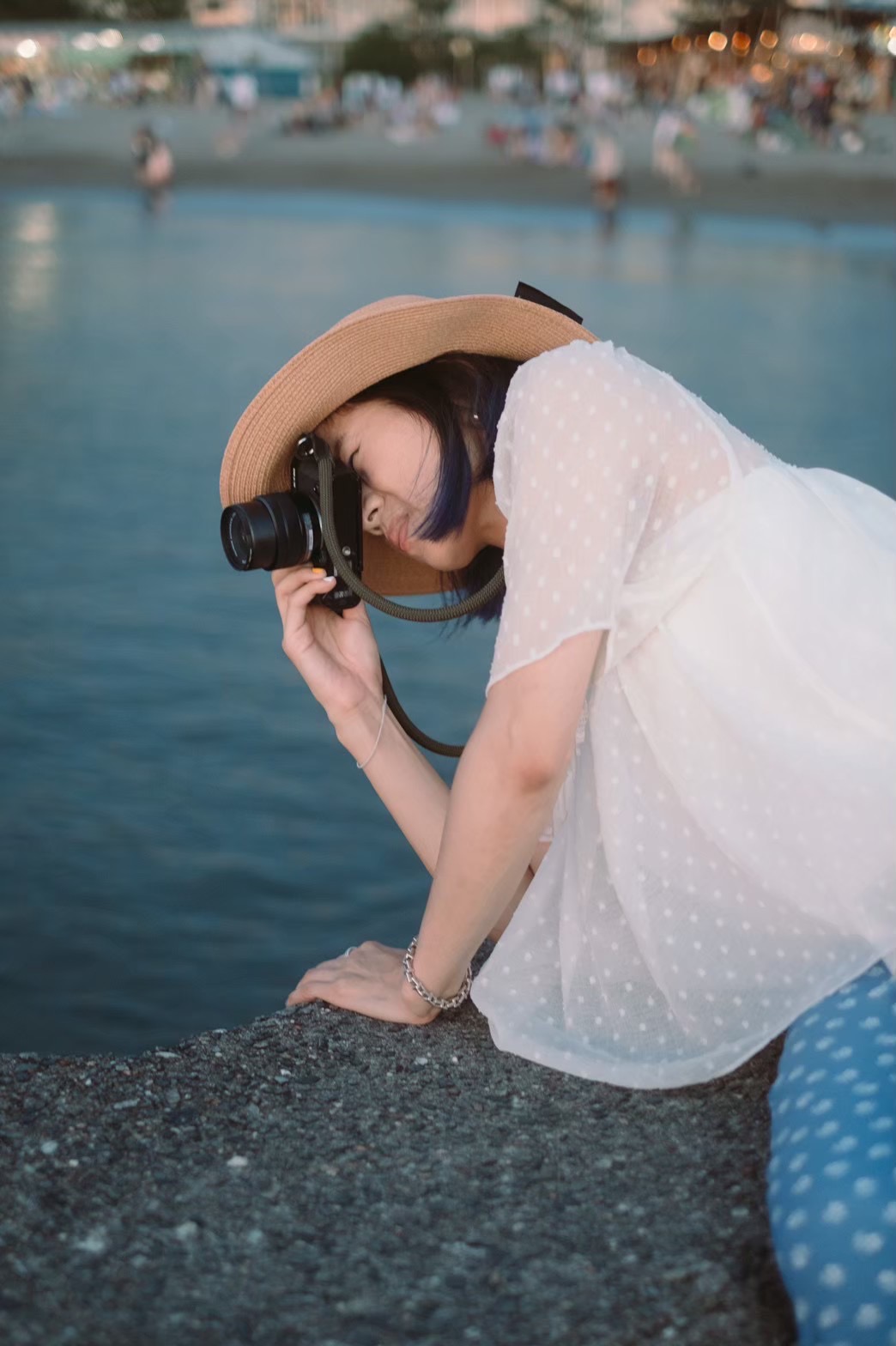
Photo by Natsuhiko Kakutani
1. How long have you been interested in photography?
I’ve been passionate about art since I was a kid, but I discovered my love for photography much later. In 2017, I rediscovered my love for photography. I had a realization about the minimal beauties around me and that’s what inspired me to start my Instagram journey.
Interestingly, my friends mentioned that I had already been interested in taking photos with disposable cameras during my student years.
2. What was your first camera that you remember?
I began my photography journey with an iPhone and later purchased the Fujifilm XT30 for its current minimal styles. However, if I recall correctly, my very first camera was the Ricoh R10. Now, I use Fujifilm X-S10.
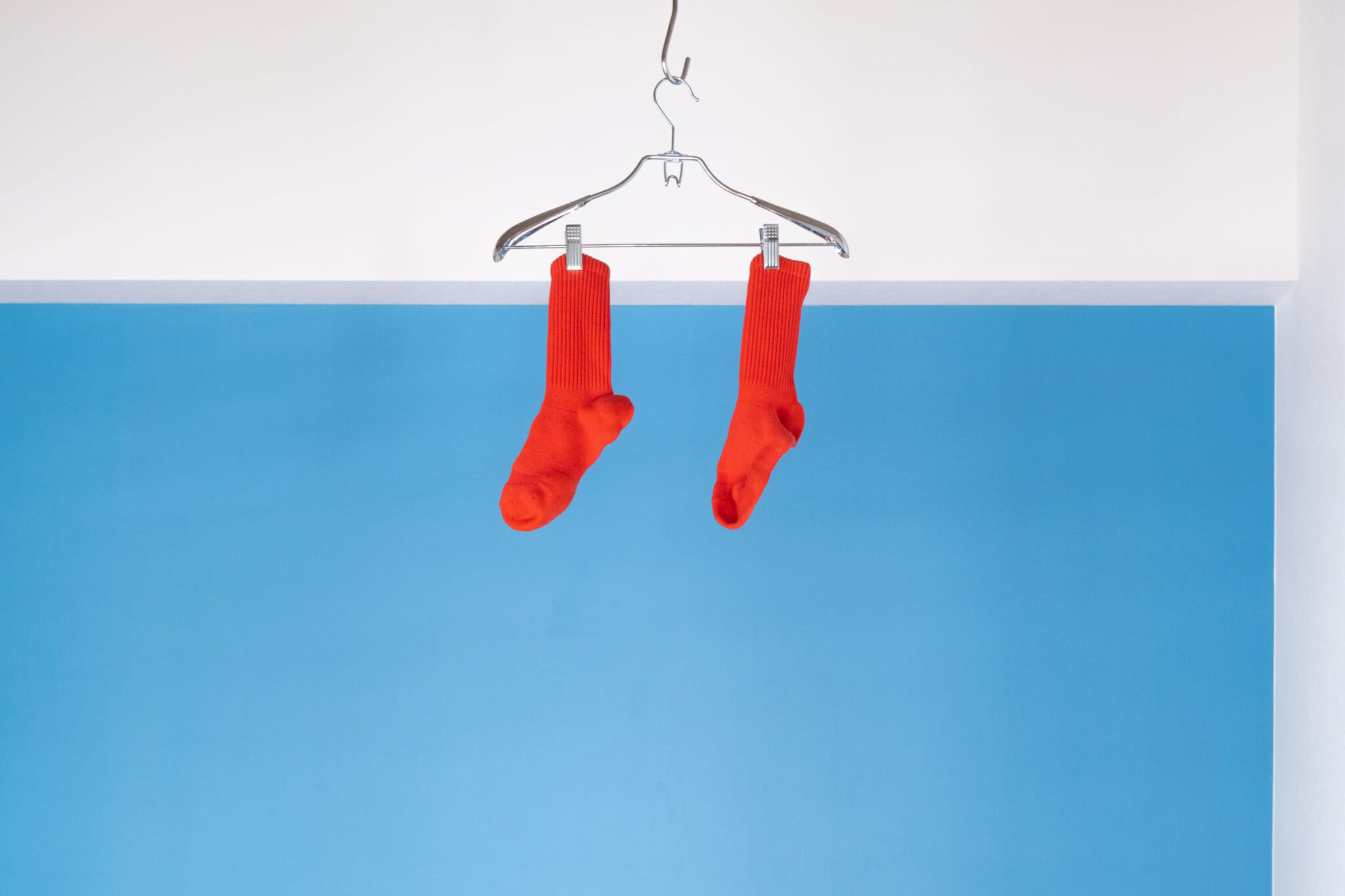
3. What makes you focus on minimalist everyday scenes?
I have a deep appreciation for clean and simple compositions with high-contrast and vivid colors, particularly in graphic design, fashion, and interior decorations. These are elements I intentionally incorporate into my work. However, the minimal and beautiful scenes I discover are often naturally created by other people, things, or sometimes Mother Nature. While they may not be intended for photography, they captivate me.
4. Tell us some of the stories behind your photos.
So, there are tons of favorite photos in my collection, but let me tell you about this super special one — the “tree family” pic I snapped with my iPhone in September 2019.
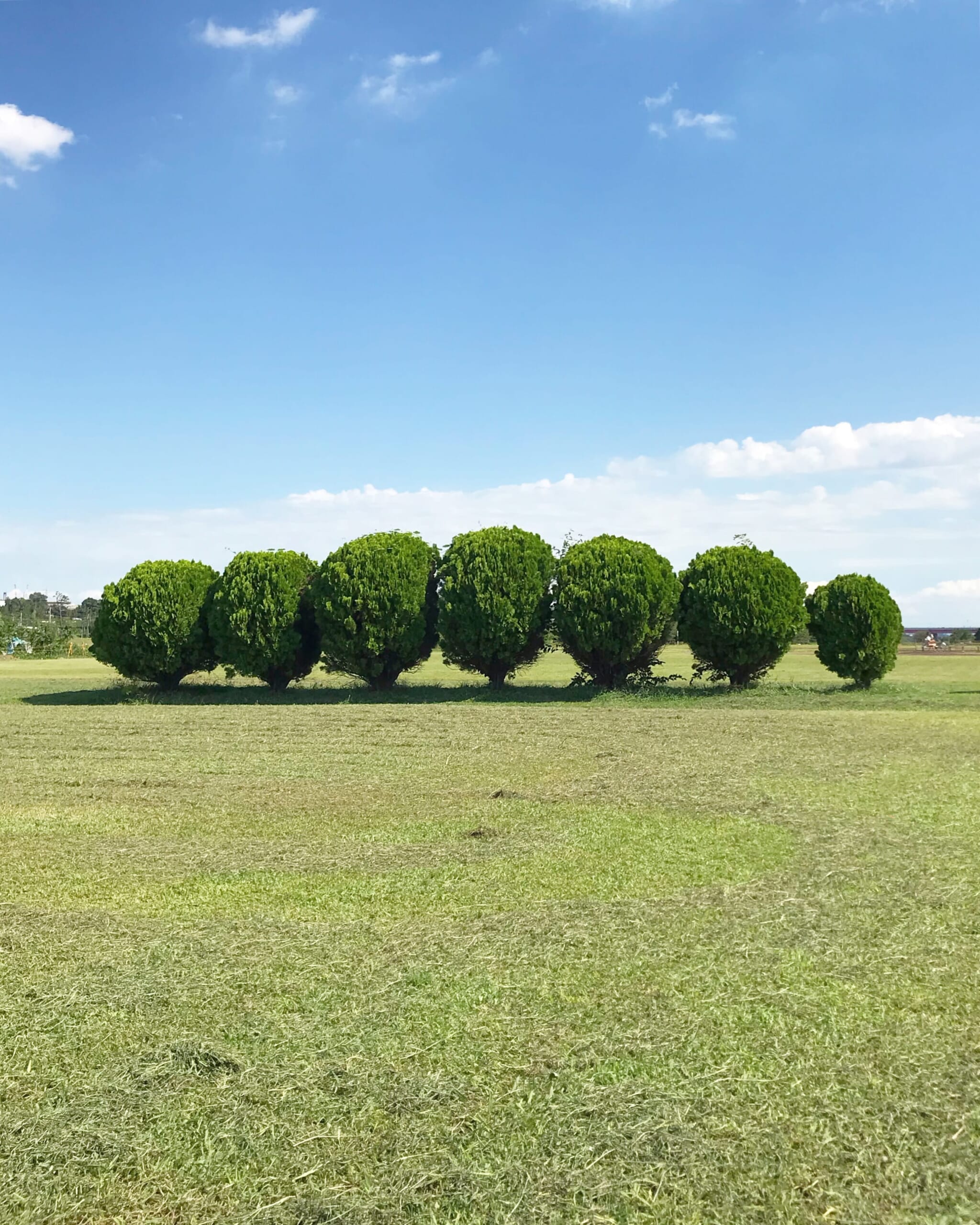
Tree Family
I used to spot them from the Odakyu train, always thinking how cute they looked like a little tree family huddled together. The trouble was, I was constantly on the move, never able to hop off the train and capture them.
Then, out of the blue, the perfect moment came. I finished work early, caught the train on a sunny day, and thought, ‘Why not say hi to them?’ That’s how I got that photo. Sadly, they were gone by October 2019 due to a big typhoon.
I’m glad I got that pic to remember them, but it’s a bummer we lost such an iconic tree family on Tama River. I’ll never see them again, but they are still in my heart and that’s the magic of photography, right? It’s emotional for me because what you capture today might not be there tomorrow. So, if there’s something you want to do now, just go for it. Things might not wait around for you.
5. Describe a photo you wanted to take, but couldn’t.
I’ve had some experiences where I refrained from taking pictures — whether I was busy, with coworkers, or just thinking I could capture them later. However, when I returned to those spots later on, I often found that the scenery had changed — shadows, lighting, or the overall composition was different.
Reflecting on my answer above, I’ve come to realize that I shouldn’t hesitate to take a picture whenever the opportunity arises. This shift in mindset has resulted in fewer missed moments for me now.
6. In your photos some objects can even be considered ugly by some people (hoses, bins, cones, etc.) but you turn them into a beautiful photo composition. What are your thoughts on the aesthetic of the ugly?
The funny thing is that I’ve never perceived these objects as ugly when I photograph them. Somehow, they appear as fun objects to me. If you break down fixed ideas you may have, even garbage can be a unique accent to enhance the beauty of a scene.
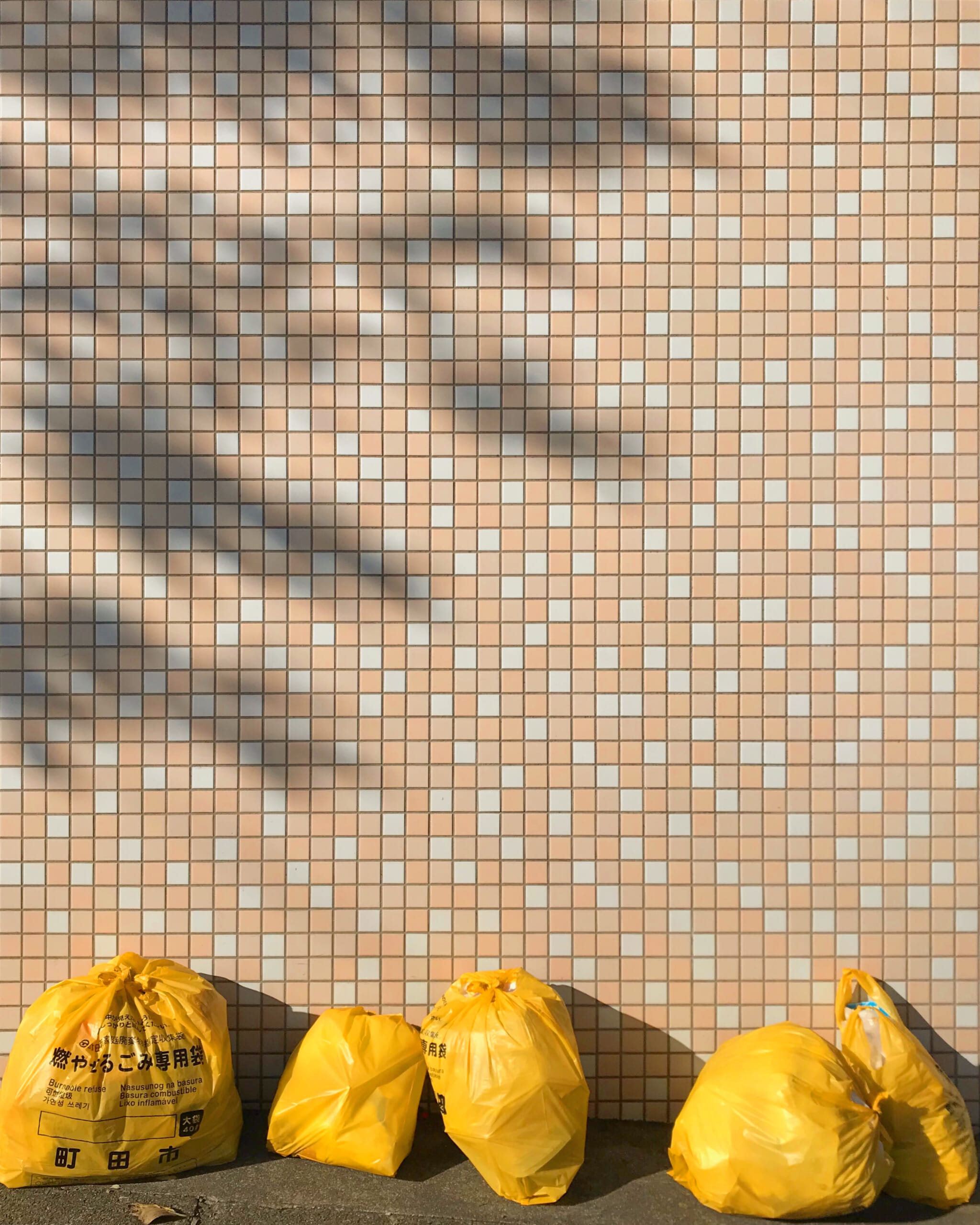
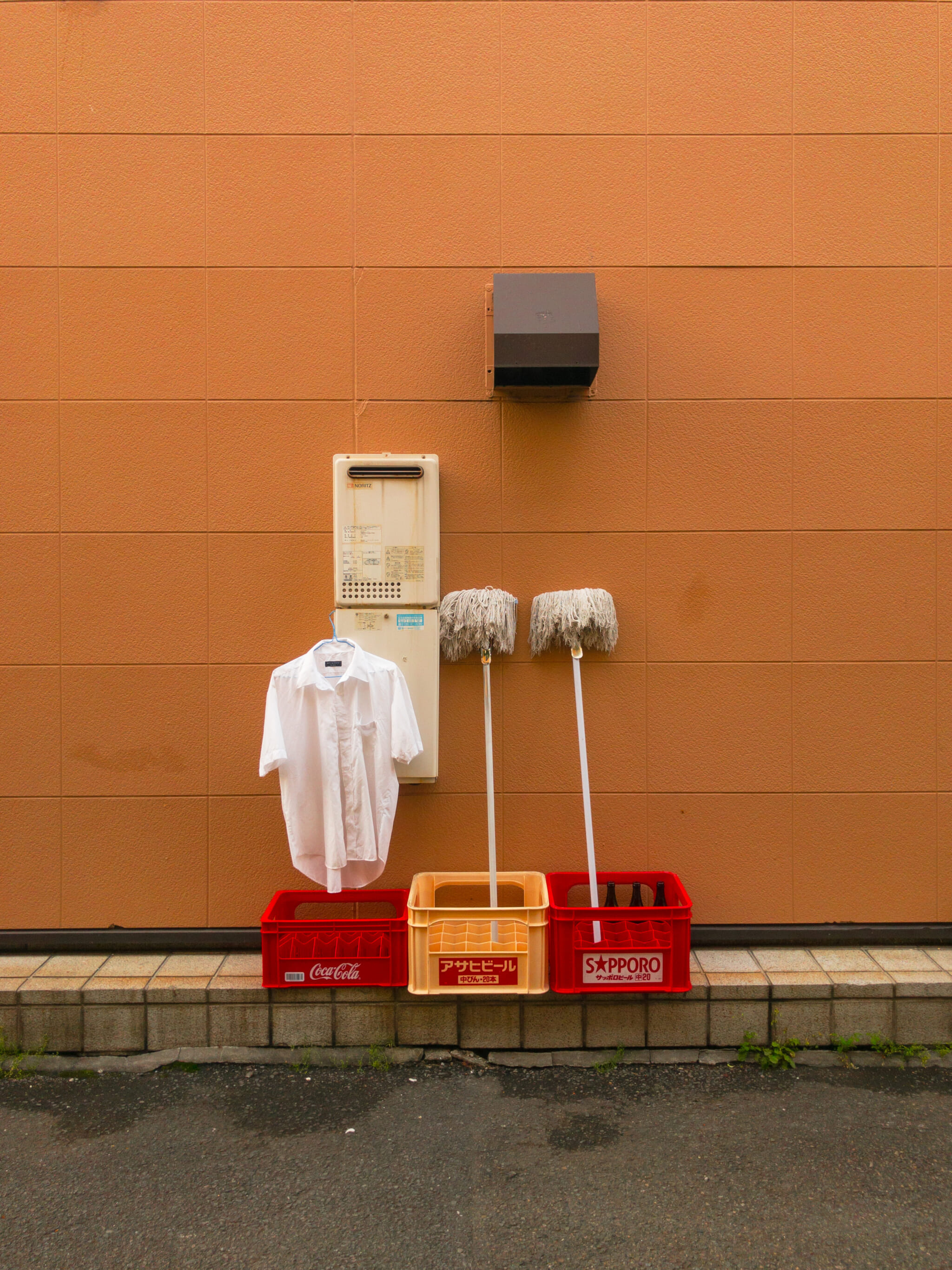
7. What kind of space is Instagram for you?
As mentioned earlier, the initial reason behind starting my Instagram journey was to share overlooked beauties with those who might not notice them. However, it has evolved into a community of individuals who see the same or similar values in life, extending beyond just photography. Through this platform, I’ve connected with numerous amazing people, collaborated on projects, captured moments together, and shared inspiring thoughts. My life wouldn’t be as enriching without this app.
8. What is your next goal?
Probably to hold an exhibition or create a zine.
9. What advice do you have for our explorations of Tokyo?
For those reading this from different countries, if you visit Japan, I encourage you to explore not only the touristy or well-known places but also venture into areas that may not be featured in guidebooks. Take the time to wander aimlessly and discover hidden gems. I’m confident that by doing so, you’ll encounter unique and personal moments that will become your own favorite memories in Japan.

